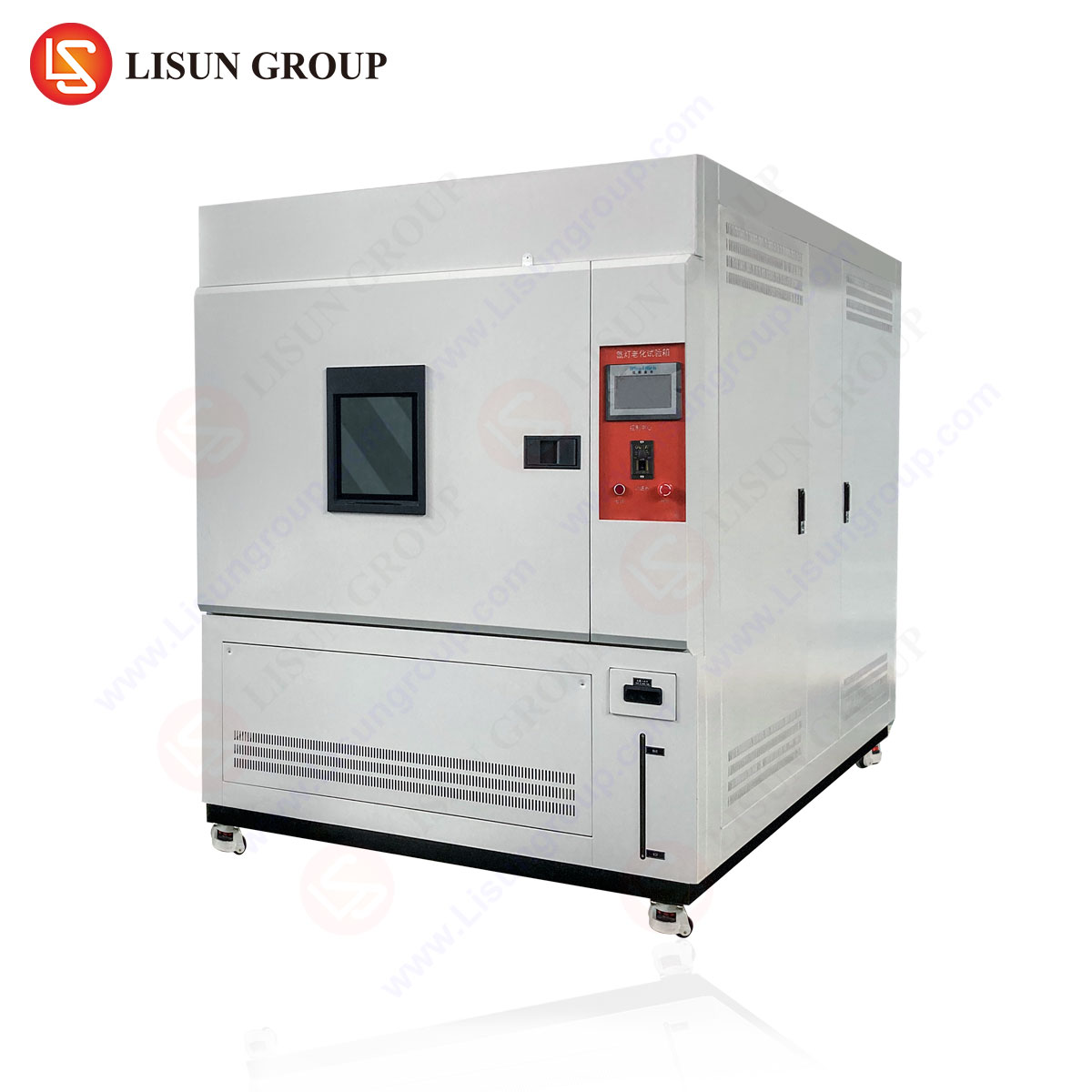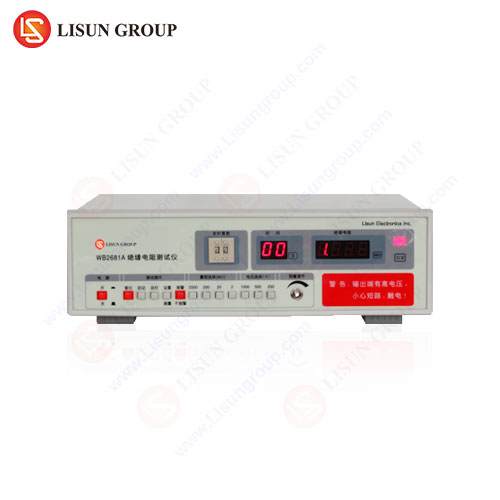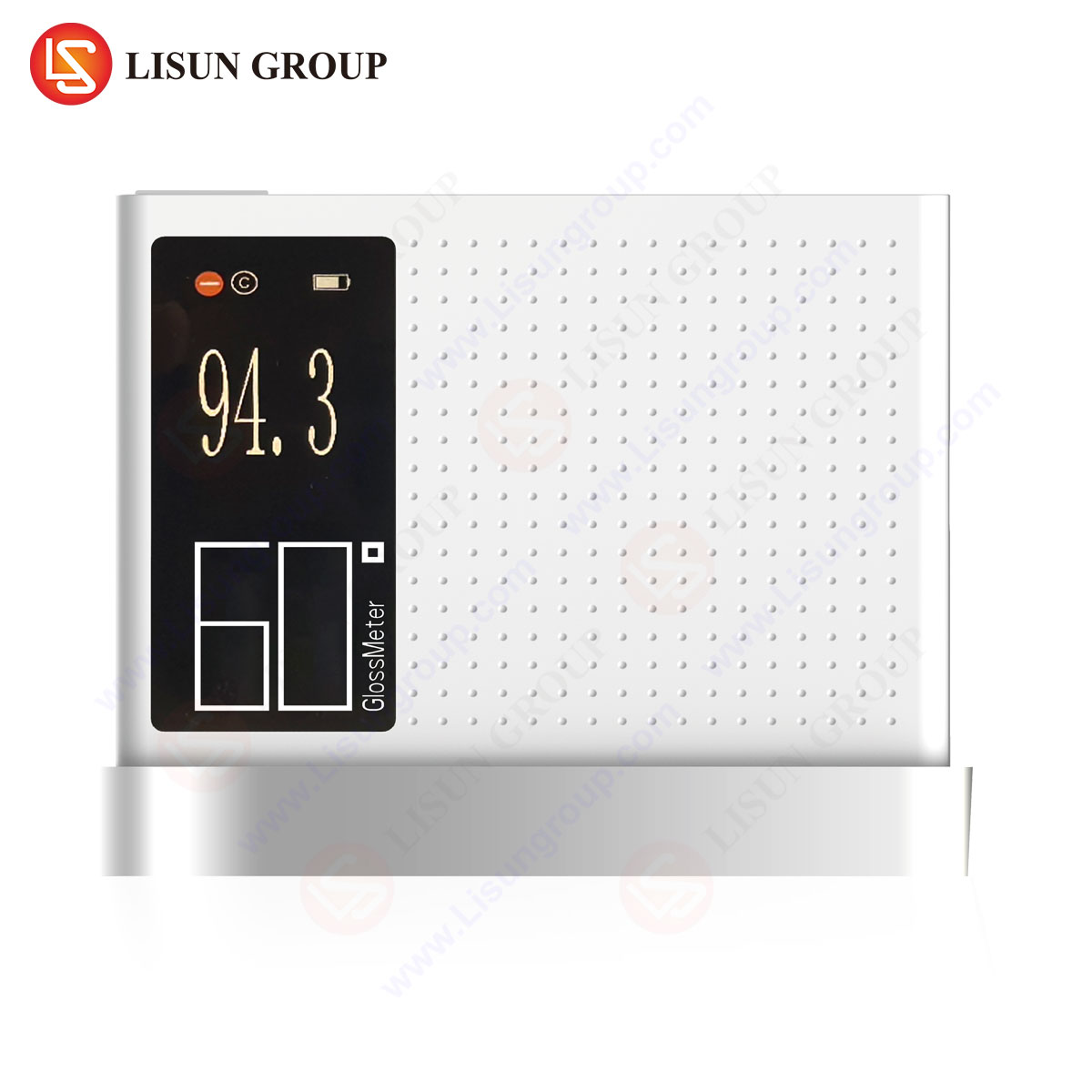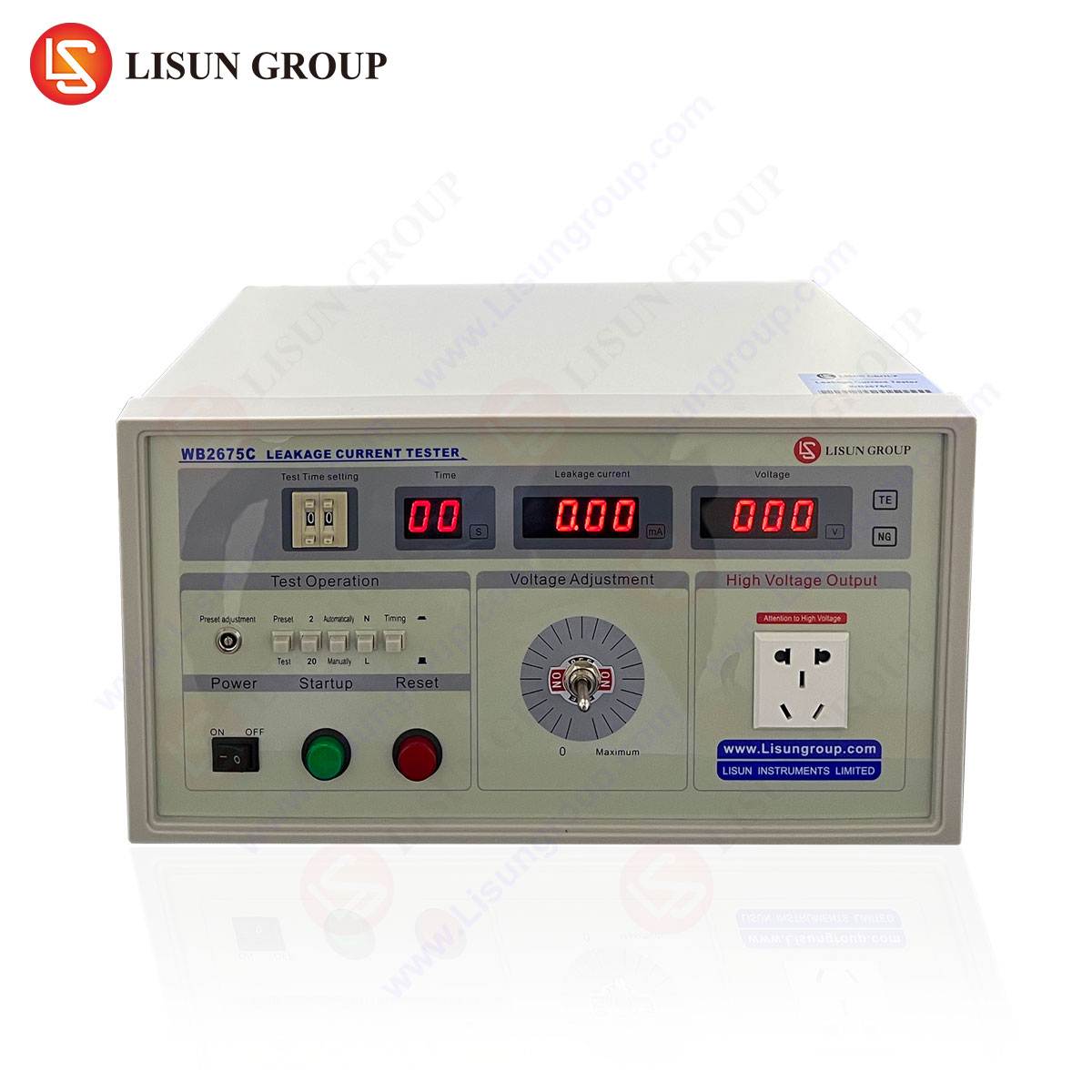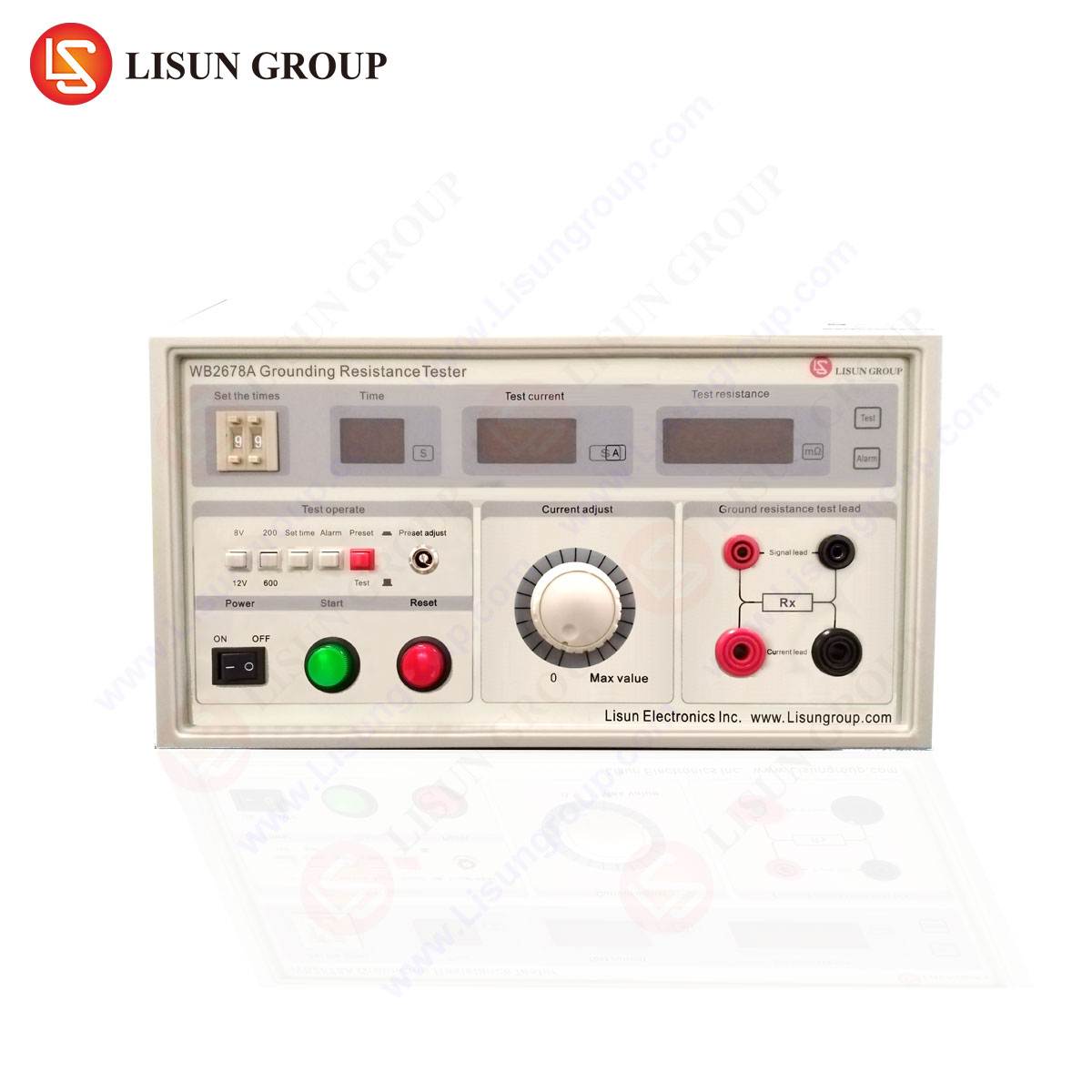Fundamentals of Insulation Resistance Testing
Insulation resistance testing is a critical diagnostic procedure employed to evaluate the integrity of insulating materials in electrical and electronic systems. The test measures the resistance between conductive components and insulating barriers, ensuring that leakage currents remain within safe operational thresholds. Poor insulation resistance can lead to equipment failure, electrical hazards, or non-compliance with industry standards such as IEC 60664, UL 60950, and GB/T 16935.
The Single Angle 絶縁抵抗計 is a specialized instrument designed to perform rapid, high-precision measurements under controlled conditions. Unlike traditional megohmmeters, this device integrates advanced circuitry to assess insulation degradation at specific test angles, enhancing diagnostic accuracy in complex electrical systems.
Operational Principles of the WB2681A Insulation Resistance Tester
その リスン WB2681A Insulation Resistance Tester exemplifies modern advancements in insulation testing technology. It operates on the principle of applying a high DC voltage (ranging from 50V to 1000V) across the insulation material and measuring the resultant leakage current. The resistance value is derived using Ohm’s Law (R = V/I), where higher resistance indicates superior insulation quality.
Key specifications of the WB2681A include:
| パラメータ | 仕様 |
|---|---|
| Test Voltage | 50V, 100V, 250V, 500V, 1000V (±5%) |
| Resistance Range | 0.01MΩ to 10GΩ (±3%) |
| 出力電流 | 1mA max |
| Display | 3½-digit LCD with backlight |
| Safety Compliance | IEC 61010-1, CAT III 600V |
The device incorporates automatic discharge circuitry to protect operators from residual voltage hazards post-testing. Additionally, its compact design and rugged construction make it suitable for both laboratory and field applications.
Industry-Specific Applications of Insulation Resistance Testing
Electrical and Electronic Equipment
Manufacturers of power supplies, transformers, and circuit boards rely on insulation resistance testing to verify dielectric strength. The WB2681A detects early-stage insulation breakdown in PCB substrates, preventing latent failures in high-voltage environments.
Household Appliances
Compliance with IEC 60335 mandates rigorous insulation testing for appliances such as refrigerators, washing machines, and microwaves. The WB2681A ensures that internal wiring and motor windings maintain adequate resistance to prevent short circuits.
Automotive Electronics
Electric vehicles (EVs) and onboard charging systems require insulation resistance validation to mitigate risks of high-voltage leakage. The tester’s 1000V range is particularly suited for EV battery pack insulation assessments.
Lighting Fixtures
LED drivers and high-intensity discharge (HID) lamps undergo insulation testing to confirm isolation between live parts and metallic housings. The WB2681A’s precision ensures compliance with IEC 60598 standards.
Aerospace and Aviation Components
Aircraft wiring systems are subjected to extreme environmental stressors. The tester’s wide resistance range (up to 10GΩ) identifies insulation degradation in coaxial cables and avionics modules.
Comparative Advantages of the WB2681A in Industrial Settings
The WB2681A distinguishes itself through several competitive features:
- Multi-Range Voltage Selection – Adjustable test voltages accommodate diverse industry requirements, from low-voltage consumer electronics to high-power industrial systems.
- Enhanced Safety Mechanisms – Built-in protections against overvoltage, reverse polarity, and accidental discharge align with IEC 61010-1 safety protocols.
- Data Logging Capabilities – The device supports test result storage for traceability in quality assurance documentation.
- User-Ergonomic Design – A backlit LCD and intuitive interface minimize operator error during high-volume testing.
Standards Compliance and Testing Methodologies
The WB2681A adheres to globally recognized standards, including:
- IEC 60664-1 – Insulation coordination for equipment within low-voltage systems.
- GB/T 3048.5 – Test methods for electrical cables and wires.
- UL 840 – Insulation requirements for industrial control equipment.
Testing methodologies vary by application:
- Spot Testing – A single resistance measurement at a fixed voltage.
- Time-Resistance Testing – Monitoring insulation resistance over time to identify trends in degradation.
- Step Voltage Testing – Incremental voltage application to detect weaknesses at different stress levels.
FAQ: Common Queries on Insulation Resistance Testing
Q1: What is the significance of the 1000V test range in the WB2681A?
The 1000V range is essential for evaluating high-voltage systems, such as EV batteries and industrial motor windings, where standard 500V tests may not suffice.
Q2: How does the WB2681A ensure operator safety during testing?
The device features automatic discharge and overload protection, compliant with IEC 61010-1, to eliminate risks from residual charge.
Q3: Can the WB2681A be used for field testing in harsh environments?
Yes, its ruggedized housing and wide operating temperature range (-10°C to 50°C) make it suitable for on-site diagnostics.
Q4: What industries benefit most from time-resistance testing?
Aerospace, medical devices, and telecommunications equipment, where long-term insulation reliability is critical.
Q5: Does the WB2681A support automated test sequences?
While it lacks full automation, its manual voltage selection and data logging facilitate structured testing protocols.
This article underscores the WB2681A’s role as a precision instrument for insulation resistance validation across multiple industries, reinforcing its utility in quality control and safety assurance.


